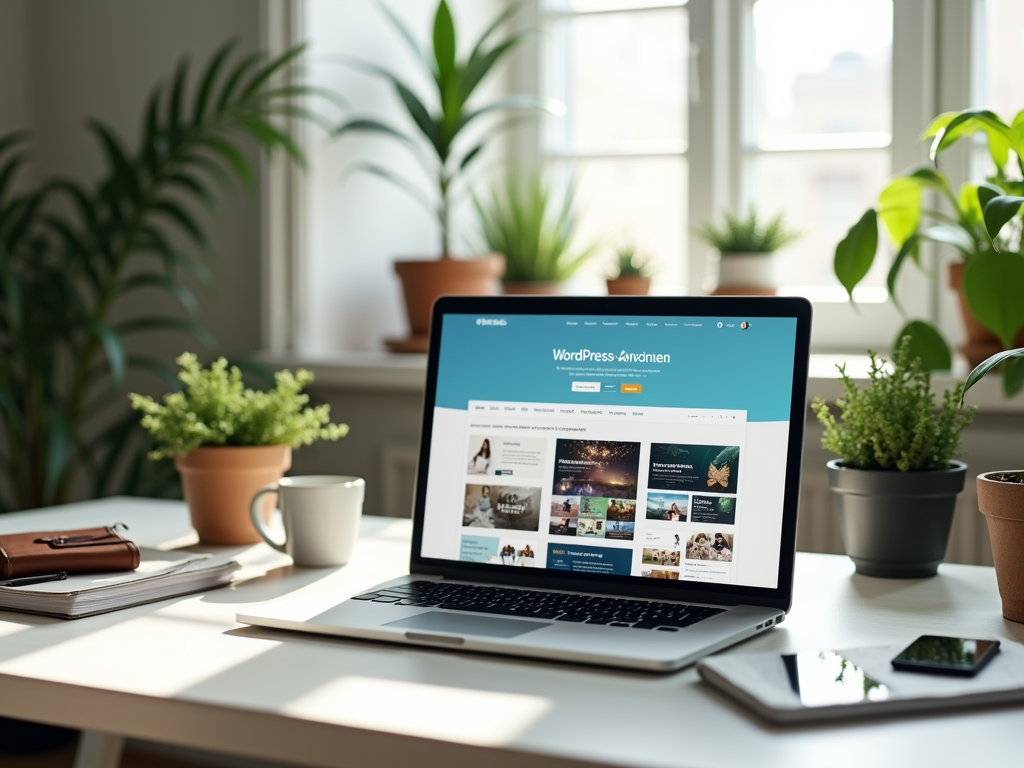The world of WordPress is vast and dynamic, and with it comes the opportunity to craft a website that captivates and engages visitors in unique ways. While many users settle for one theme, embracing the option of utilizing multiple WordPress themes can significantly elevate your site’s appeal. Picture this: a blog that exhibits a minimalist theme for articles but shifts to a vibrant, visually striking theme for an online portfolio. Such contrasts can not only enhance user experience but also imprint a memorable brand image in the minds of visitors. By the end of this article, you’ll discover various techniques that can allow you to seamlessly integrate multiple themes into your WordPress site, thereby enriching its design and functionality.
Furthermore, the aesthetic allure of your site is only part of the equation; functionality plays an equally crucial role. Websites serve diverse audiences and purposes, so customizing themes to meet these varied needs is just smart planning. By effectively implementing a mix of themes, you can ensure that each section of your site serves its purpose while still remaining cohesive. In a landscape where user attention is fleeting, offering tailored experiences can yield higher engagement rates. Following are the key methods you can leverage to implement multiple themes on your web pages.
Why Use Multiple Themes in WordPress?

Utilizing multiple themes allows for greater flexibility and creativity. Imagine running an e-commerce shop that has a clean, simple theme for the storefront but switches to a more elaborate one for the blog section. This kind of differentiation not only keeps the aesthetic fresh but also aligns perfectly with the content type. Moreover, by using different themes, webmasters can target varied audiences more effectively. For example, a tech blog might want a sleek, modern look while a lifestyle blog might benefit from a softer, more inviting design. Each theme can serve as a visual cue, helping visitors to navigate easily and understand the purpose of each section at a glance.
Methods to Implement Multiple Themes

Child Themes
A child theme allows you to create a modified version of an existing theme without losing the core functionality of the parent theme. This means you can create specialized layouts that fit specific sections or functionalities. It’s particularly useful for users who have limited design skills but want to personalize their site. Below are the advantages you can achieve with child themes:
- Customization: Child themes offer an easy path to customize specific parts of your website without altering the base design.
- Updates: You can freely update the parent theme, knowing your customizations remain intact.
- Flexibility: They allow for quick changes, enabling experimentation without consequences.
Page Builders
Page builders such as Elementor or Beaver Builder are another excellent way to implement multiple themes across your WordPress site. They provide an intuitive drag-and-drop interface that lets you create dynamic layouts tailored to your needs. The user-friendly nature of these builders means that even those with minimal coding experience can effectively use them. Here’s why integrating various themes through page builders might work for you:
- Drag-and-drop interface: It simplifies the process of creating unique layouts using different designs for various sections.
- Custom Templates: Save and reuse certain design elements across your site for consistency.
- Responsive Design: A crucial aspect of modern web design, ensuring your themes look great on all devices.
Plugins for Multiple Themes
Several WordPress plugins can enable the functionality of using multiple themes within your website seamlessly. These plugins are designed not only for ease of use but also for ensuring performance remains uncompromised. For instance, you could utilize the “Multiple Themes” plugin to assign unique themes for different pages or categories with just a few clicks. Below is a table of recommended plugins that can facilitate this functionality:
| Plugin Name | Description |
|---|---|
| Multiple Themes | Assign different themes to different posts or pages easily. |
| WP Template Switcher | Quickly switch themes on a per-page basis without hassle. |
| Theme Switcha | Excellent for developers to test out various themes without affecting users. |
Benefits and Drawbacks of Using Multiple Themes
Benefits
Implementing multiple themes can lead to an enhanced user experience for various reasons. Here are some benefits to consider:
- Enhanced Visual Appeal: Different themes can cater to various audiences and boost engagement.
- Improved Functionality: Certain themes come with features that better suit specific types of content.
- Branding Opportunities: Customize themes to match various brand segments or campaigns.
Drawbacks
Nonetheless, while the advantages can be compelling, there are potential drawbacks to keep in mind. Managing multiple themes can introduce extra complexity to your site’s operations. Below are some drawbacks you might face:
- Complexity: Handling multiple themes may demand more oversight and planning.
- Performance Issues: Not all themes are optimized, potentially affecting your site’s speed.
- Consistency: Maintaining a uniform user experience becomes trickier with diverse themes in play.
Conclusion
Incorporating multiple WordPress themes opens doors to enhanced design and functionality. With the right approach—whether it’s through child themes, page builders, plugins, or custom templates—you can create a website that is visually diverse while still being cohesive. Striking the right balance between aesthetics and usability will ensure a seamless experience for your visitors, allowing your site to stand out in a crowded digital landscape. Embrace the possibilities and take your WordPress journey to new heights by using multiple themes effectively.
Frequently Asked Questions
- Can I use multiple themes in WordPress without plugins? Yes, through custom template files, although it requires coding knowledge.
- Will using multiple themes affect my website’s speed? It can, especially if the themes are not optimized. Always monitor your site’s performance.
- Are there any compatibility issues with certain plugins? Yes, some themes may conflict with specific plugins, so always test for compatibility.
- How can I ensure a consistent design across multiple themes? Use consistent branding elements such as colors, fonts, and logos across all themes.
- Can I switch themes for specific devices or users? Yes, some plugins and page builders allow for responsive and user-targeted theme switching.
